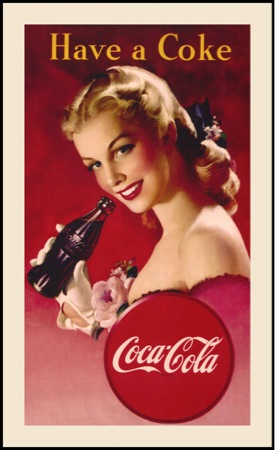Be Ready to Welcome the Competition
How would you react when a new competition emerges? Your reaction will be an aggregate of the work you have put in during the “holiday” (pre-competition days) period. But your default disposition should be “bring it on.” Jeff Bezos recently said “our customers are loyal to us right up until the second somebody offers them a better service,” he says. “And I love that. It’s super-motivating for us.”
At the beginning, a whole lot of ground work ought to have been done. Opportunity to satisfy a real customer want, a formula to ensure the venture will be profitable and then the key processes and resources that add value to the customer and company respectively. How do you ensure the news of a competition will not push your team to panic mode?
HAVE A ROBUST LONG-TERM PLAN
When starting a business whether novel or existing, you should have it at the back of your mind that at some point, you would have to compete with others, record some failures, success and you may need to evolve as technology, customer preferences and government policies come to play. People will also try to replicate what is successful. So be prepared.
EXPLOIT YOUR HEAD START
If you pioneered a business in a community or online for instance, you should start operating like another business has set up shop around you competing for the same market even with detailed expansion plans. Why? It makes you think different. You discourage sloppiness for example and you become obsessed about customer experience. Think of Coca-Cola and Pepsi. By the time the latter joined the fray, Coke was already selling more than a million gallons of its product per year.

POSITION YOUR BRAND WITH PURPOSE
Every purpose brand has got 3 dimensions to it. The functional, emotional and societal benefits. Find yours and use it to reinforce your communications in an innovative way that connects with your target audience. Coca-Cola pioneered celebrity endorsement while Pepsi as time went on, positioned themselves as a lifestyle brand. Both Pepsi and Coke used TV, the most potent advertising form back then to position their brand in the minds of the customers. Today, there’s social media which is even more affordable with a much wider reach.
RESPOND TO TRENDS
Begin to think of the broader ecosystem. Look for shifts beyond what you currently offer from new customer preferences and change in behaviour. When it was apparent there was a growing number of health-conscious customers, Pepsi launched a sugar-free option called Diet Pepsi. Cocoa-Cola responded by introducing Fresco, a diet grapefruit citrus soft drink. Paying attention to trends is important.

LEARN FROM MISTAKES AND FAILURES
After going bankrupt twice between 1923 and 1933, Pepsi made a strategic decision to purchase a sugar plantation in Cuba to avoid any more issues with sugar shortages. Coca-Cola also encountered their failures with the introduction of the new coke. They decided to tinker with the classic coke formula much to the disapproval of their customers.
These suggestions are by no means exhaustive. But there’s a lot we can learn from these two rivals. First, after developing or tweaking your business model, have a robust long-term plan. Second, exploit your head start if you are the first to the market. It will not last forever. Competition will soon come knocking. Third, position your brand with a purpose in the minds of customers and respond to trends. Lastly, take previous learnings very seriously.


